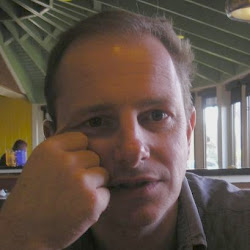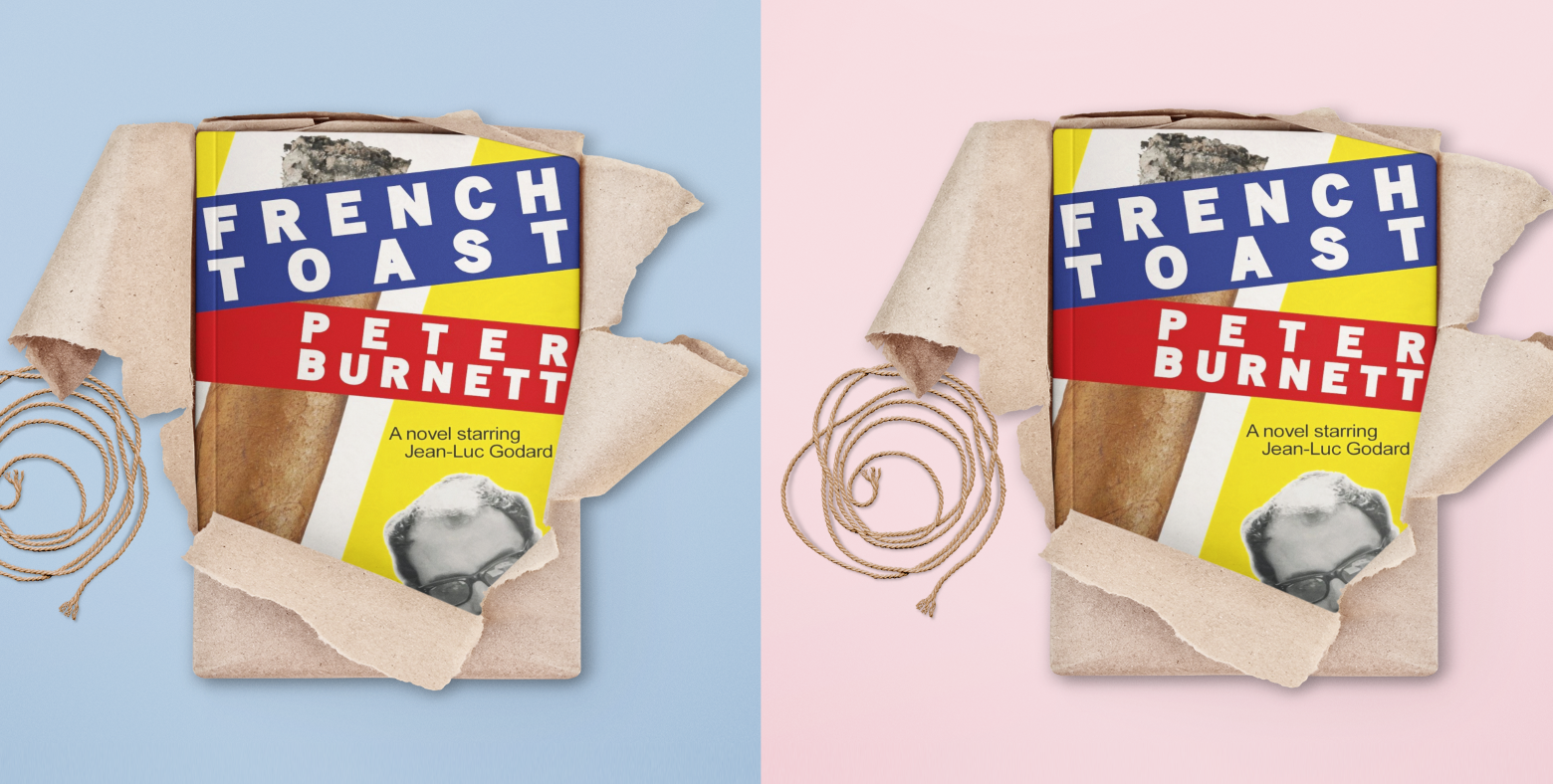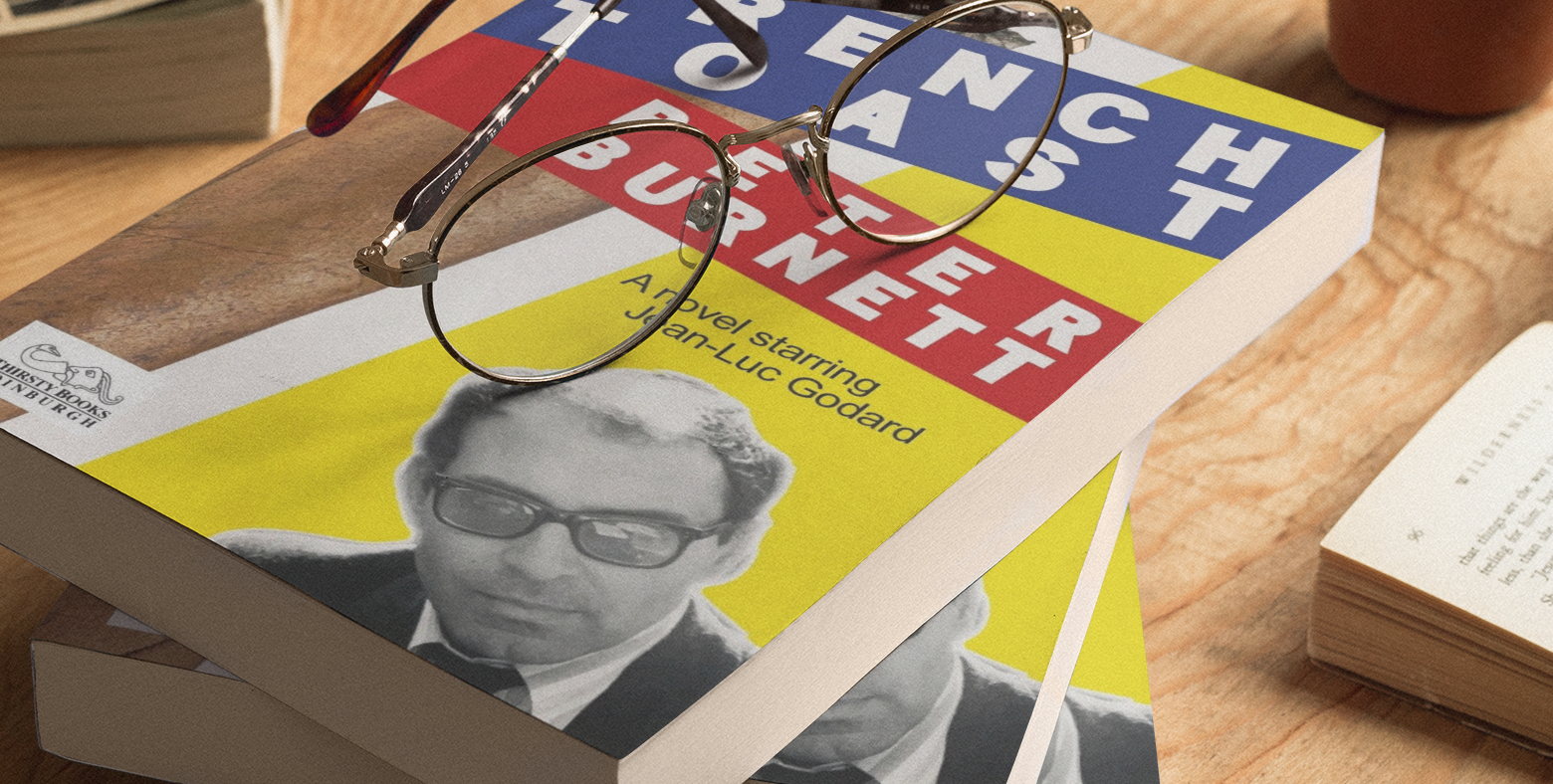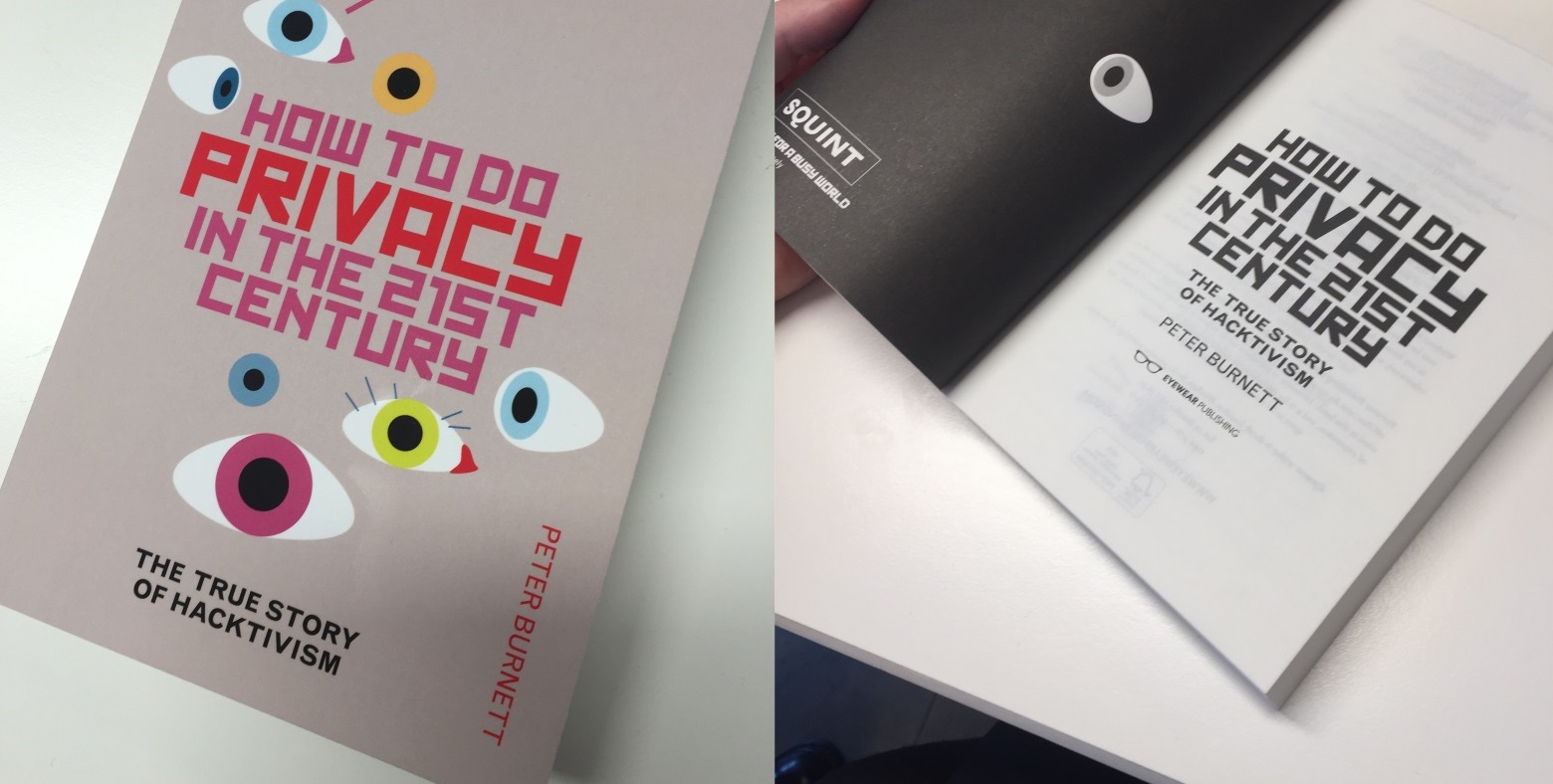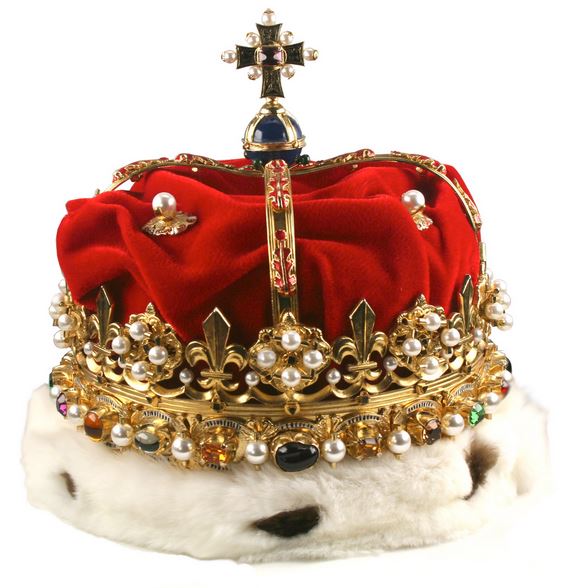Buchan — Ythan — Forgue — the Kirkhill of Logie — and the Soorick Burn — the source of the pearl that is found in the Crown of Scotland.
The Ythan — or Ituna as it was known to the Romans — rises in the upper parish of Forgue, from three springs which are collectively known as the Wells of Ythan. Half a mile from these springs, the Ythan receives its first tributary, the burn of the Sorrel — in Doric known as the Soorick Burn. This is near the base of the Kirkhill of Logie, at the summit of which are the final remains of three druidical circles.
It is perhaps surprising to some people that in this remote area of North East Scotland, there were both Romans and Druids — but there were. Both Romans and Druids in their ways were in the business of setting boundaries, and near this spot at the Mill of Knockleith is where the Ythan begins to form that for which it is still known — the boundary of Buchan.
At one time, the Ythan was known for its mussels — called pearl oysters — and in the list of unpublished Acts of Parliament of Charles I, there is one “for repeating the patent for the pearl-fishery in the Ythan, granted to Robert Buchan.”
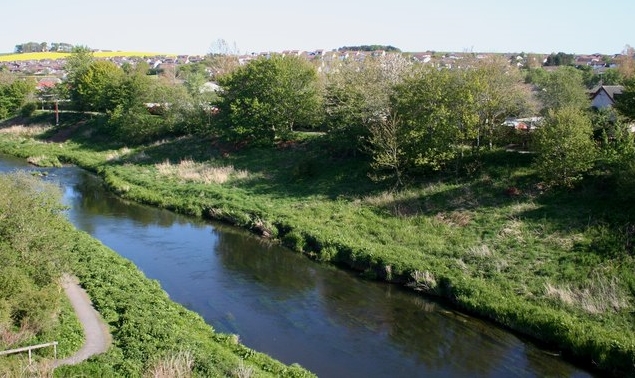
There is a tradition in fact that large pearl in the crown of Scotland was procured in the Ythan, the story being that it was found at the junction of the Water of Kelly (spit, spit) and the Ythan, and was presented to James IV in 1620 by Sir Thomas Menzies of Cults.
Skene, in his Succinct View of Aberdeen, says that it was “for beauty and bigness, the best that was at any time found in Scotland.”
On account of these pearls which were found in the Ythan, the river was once called “the rich rig of Scotland” and although pearls are still found there, there is no regular fishery for them.
A Note on the Crown of Scotland
The Crown of Scotland is very old indeed. The Crown was remade in its current form for King James V of Scotland in 1540. It is part of the Honours of Scotland which is the oldest set of royal regalia in the United Kingdom.
In 1540, the bonnet of velvet and ermine was added to the crown, but an earlier form of the crown is shown in the portrait of James IV of Scotland in the Book of Hours, done for his marriage to Margaret Tudor in 1503.
This 1503 date is the earliest known reference to the crown and so 1503 is thus the latest date of original manufacture of the crown.
The Crown of Scotland on Wikipedia
